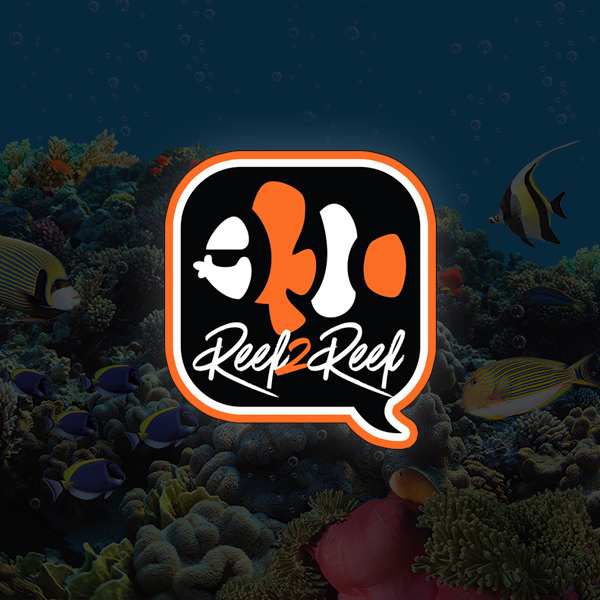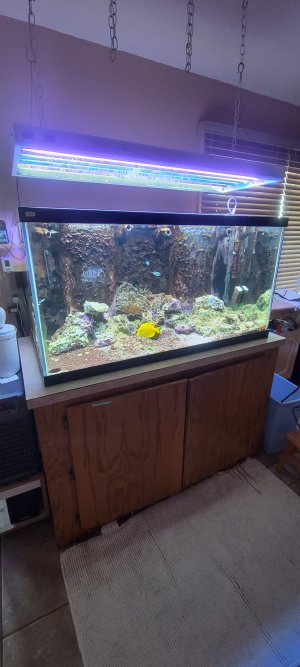larryforehand
New member
Just wondered if anyone else had tried to design and build aN led fixture with specific spectrum LED's available from various manufacturers. Like many, I have various old VHO, T5, and compact fluorescent fixtures that could be gutted and retrofitted with a little soldering and wiring, and, of course, about a hundred 3 to five watt LED's. Just curious as to what's been done.









